24 Best Religious Places in North India for Devotees
24 Best Religious Places in North India for Devotees
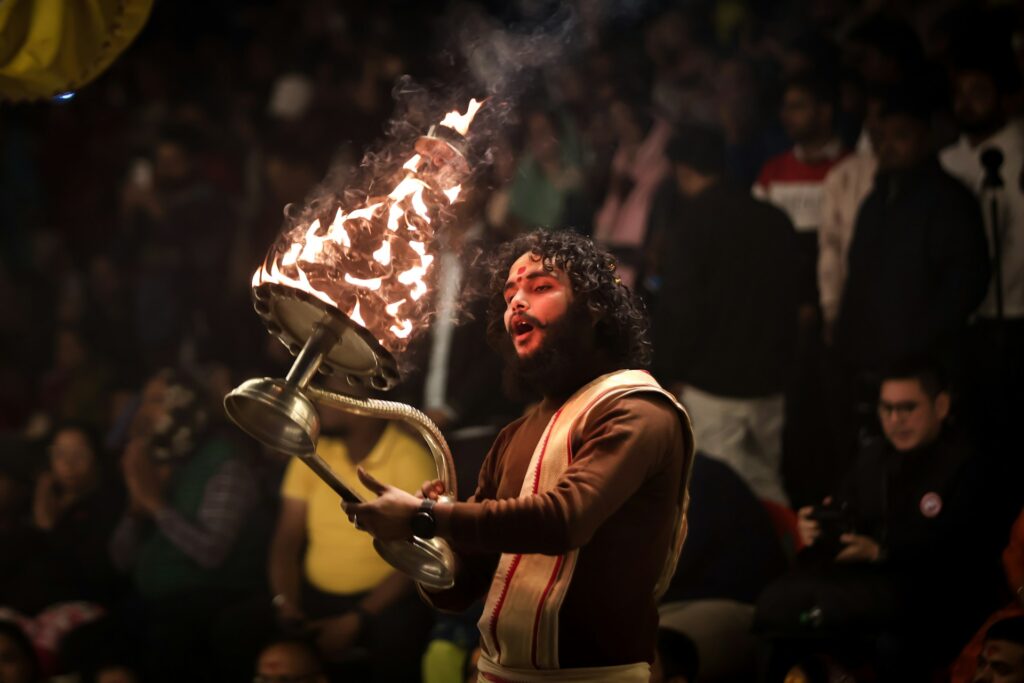
North India is a land where spirituality and devotion are deeply rooted in daily life. From the snow-clad Himalayas to the sacred banks of the Ganga, this region is home to some of the most revered temples, gurudwaras, mosques, and monasteries. These sacred destinations not only attract devotees but also travelers seeking peace, enlightenment, and a deeper connection with the divine.
Here’s a comprehensive list of the 24 best religious places in North India every devotee must visit.
1. Varanasi, Uttar Pradesh – The Spiritual Capital of India
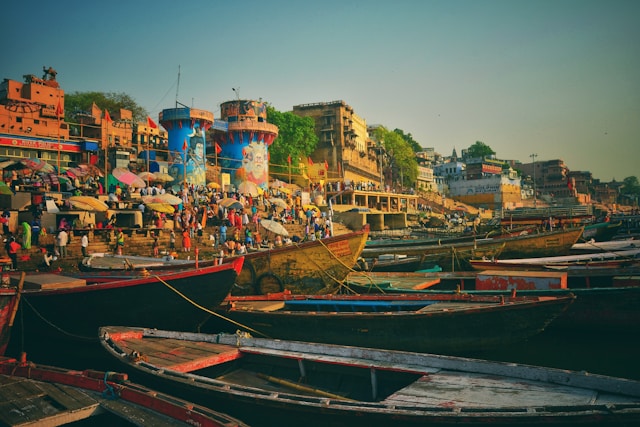
Varanasi, also known as Kashi or Banaras, is the holiest city for Hindus. Situated on the banks of the sacred Ganga River, it is believed to be one of the world’s oldest living cities.
Pilgrims come here to bathe in the Ganga, perform last rites for their loved ones, and seek liberation (moksha).
Major Attractions:
- Kashi Vishwanath Temple
- Dashashwamedh Ghat
- Ganga Aarti
- Manikarnika Ghat
Best Time to Visit: October to March
2. Haridwar, Uttarakhand – Gateway to God

Haridwar is one of the seven holiest places (Sapta Puri) in Hinduism. It is where the Ganga enters the plains from the Himalayas. The city comes alive during the Kumbh Mela, attracting millions of devotees from around the world.
Major Attractions:
- Har Ki Pauri
- Mansa Devi Temple
- Chandi Devi Temple
- Ganga Aarti
Best Time to Visit: February to April, and August to October
5 Heritage Cities in Rajasthan under 10000
3. Rishikesh, Uttarakhand – The Yoga Capital of the World
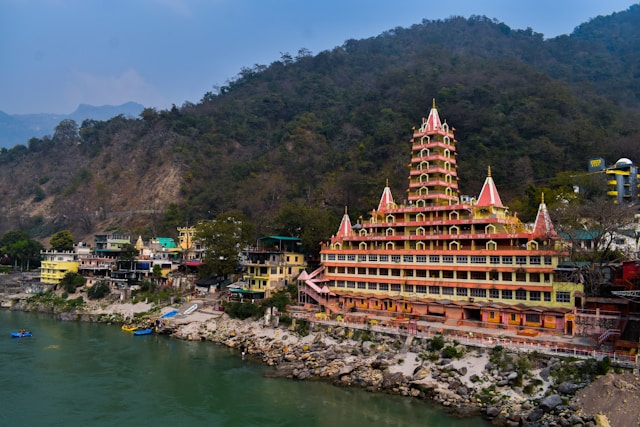
Rishikesh is not just a spiritual center but also a hub for yoga and meditation. The holy city is lined with ashrams, temples, and ghats. The serene Ganga flowing through the foothills of the Himalayas adds to the city’s divine charm.
Major Attractions:
- Triveni Ghat
- Parmarth Niketan Ashram
- Laxman Jhula & Ram Jhula
- Neelkanth Mahadev Temple
Best Time to Visit: September to May
4. Amritsar, Punjab – The Holy City of the Sikhs
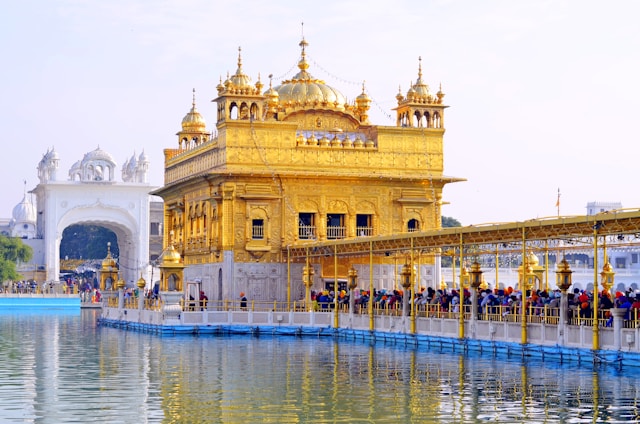
Amritsar is synonymous with the Golden Temple (Harmandir Sahib), the holiest shrine in Sikhism. The temple’s golden dome and the shimmering reflection in the Amrit Sarovar (holy tank) create a breathtaking sight, symbolizing equality and brotherhood.
Major Attractions:
- Golden Temple
- Akal Takht
- Jallianwala Bagh
- Durgiana Temple
Best Time to Visit: October to March
5. Vaishno Devi, Jammu & Kashmir – The Holy Cave Shrine
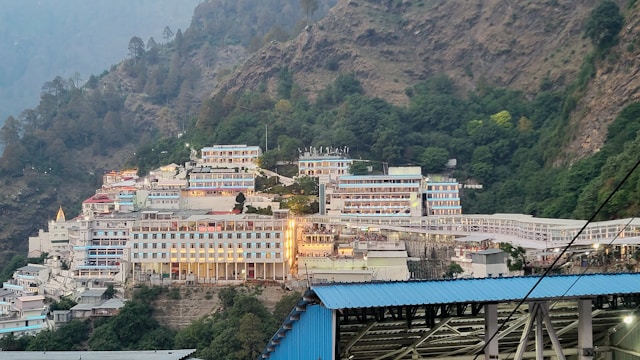
The shrine of Mata Vaishno Devi, located in the Trikuta Mountains, is one of the most visited pilgrimage sites in India. Devotees undertake a 12 km trek to reach the holy cave, where the goddess is worshipped in three natural rock formations (Pindis).
Major Attractions:
- Bhawan (main shrine)
- Ardhkuwari Cave
- Banganga Temple
- Charan Paduka
Best Time to Visit: March to October
6. Mathura, Uttar Pradesh – Birthplace of Lord Krishna
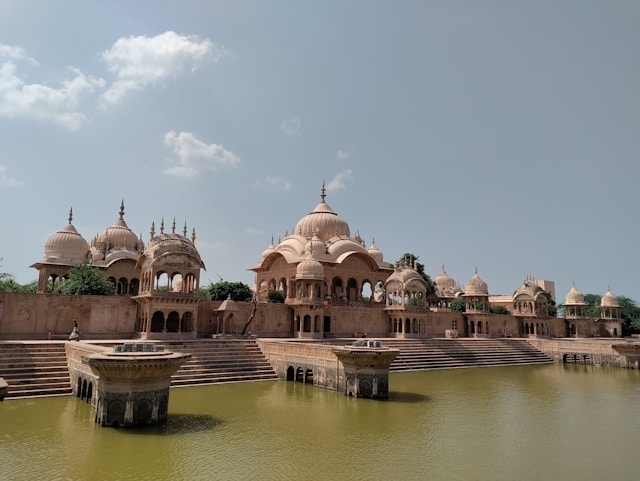
Mathura, on the banks of the Yamuna River, is believed to be the birthplace of Lord Krishna. The city is dotted with temples depicting scenes from Krishna’s childhood and youth.
Major Attractions:
- Krishna Janmabhoomi Temple
- Dwarkadhish Temple
- Vishram Ghat
- Govardhan Hill
Best Time to Visit: During Janmashtami and Holi
7. Vrindavan, Uttar Pradesh – Land of Lord Krishna’s Childhood
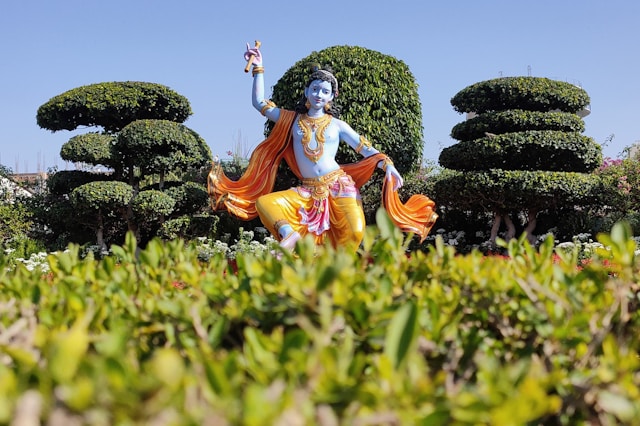
Just a few kilometers from Mathura, Vrindavan is a divine town associated with Lord Krishna’s leelas. The air resonates with devotional songs, and every corner tells a story from Krishna’s life.
Major Attractions:
- Banke Bihari Temple
- ISKCON Temple
- Prem Mandir
- Radha Raman Temple
Best Time to Visit: October to March
8. Kedarnath, Uttarakhand – Abode of Lord Shiva

Nestled in the Himalayas, Kedarnath is one of the 12 Jyotirlingas of Lord Shiva and part of the Char Dham Yatra. The temple, built by the Pandavas, stands as a symbol of faith amidst snow-capped peaks.
Major Attractions:
- Kedarnath Temple
- Bhairavnath Temple
- Chorabari Tal (Gandhi Sarovar)
Best Time to Visit: May to October
19 Famous Historical Places in India
9. Badrinath, Uttarakhand – Sacred Abode of Lord Vishnu
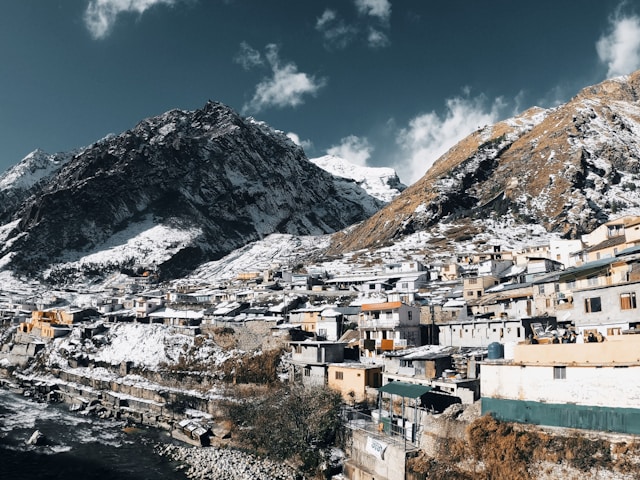
Badrinath is one of the Char Dhams and is dedicated to Lord Vishnu. Located between the Nar and Narayan mountain ranges, it attracts devotees seeking salvation and blessings.
Major Attractions:
- Badrinath Temple
- Tapt Kund
- Neelkanth Peak
- Mana Village
Best Time to Visit: May to October
10. Gangotri, Uttarkashi – Source of River Ganga

Gangotri is the origin of the River Ganga, which is worshipped as Goddess Ganga. The Gangotri Temple stands tall at 3,100 meters and is part of the Char Dham Yatra.
Major Attractions:
- Gangotri Temple
- Gaumukh Glacier
- Bhagirath Shila
Best Time to Visit: May to October
11. Yamunotri, Uttarkashi – Source of River Yamuna

Yamunotri is the first stop of the Char Dham Yatra and the origin of the Yamuna River. The temple dedicated to Goddess Yamuna is surrounded by scenic beauty and hot springs.
Major Attractions:
- Yamunotri Temple
- Surya Kund
- Divya Shila
Best Time to Visit: May to October
12. Hemkund Sahib, Uttarakhand – Sacred Sikh Shrine
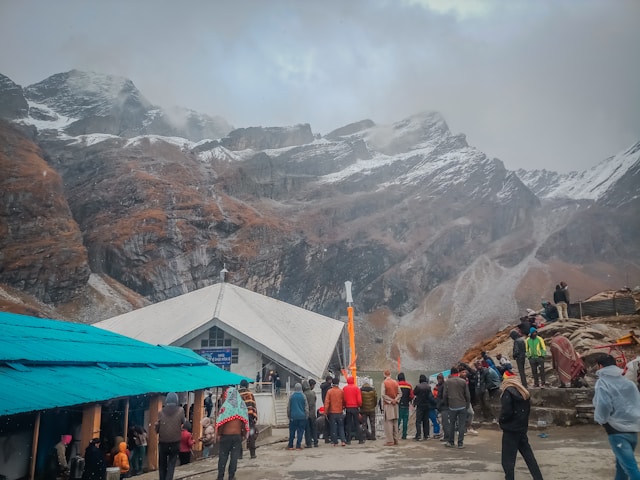
Located at an altitude of 4,632 meters, Hemkund Sahib is one of the holiest Sikh shrines, dedicated to Guru Gobind Singh. The crystal-clear lake and surrounding snow peaks create a divine setting.
Major Attractions:
- Gurudwara Hemkund Sahib
- Valley of Flowers
- Lokpal Lake
Best Time to Visit: June to October
13. Pushkar, Rajasthan – The Holy City of Lord Brahma
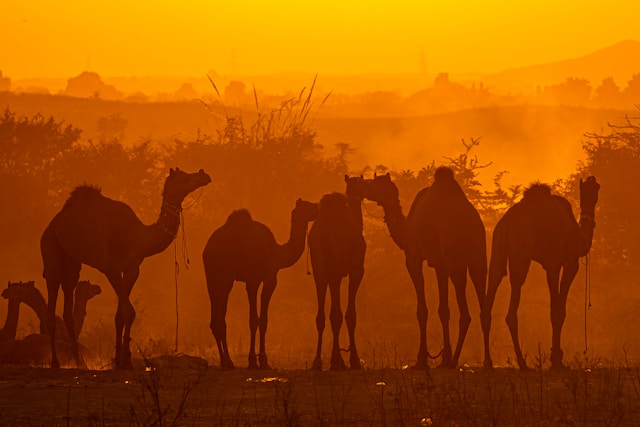
Pushkar is one of the few places in the world with a temple dedicated to Lord Brahma. The sacred Pushkar Lake and its 52 ghats make it a prime pilgrimage site.
Major Attractions:
- Brahma Temple
- Pushkar Lake
- Savitri Temple
- Varaha Temple
Best Time to Visit: October to March
14. Ajmer Sharif Dargah, Rajasthan – Shrine of Khwaja Moinuddin Chishti
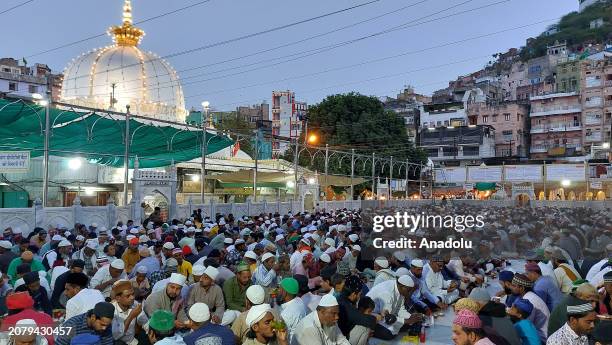
Ajmer Sharif Dargah is one of India’s most important Islamic shrines. Devotees from all faiths visit to seek blessings from the Sufi saint Khwaja Moinuddin Chishti.
Major Attractions:
- Dargah Sharif
- Adhai Din Ka Jhopra
- Ana Sagar Lake
Best Time to Visit: All year; Urs Festival in May is special
24 Best Hill Stations in India Worth Seen
15. Bodh Gaya, Bihar – Enlightenment of Lord Buddha

Although slightly to the east of the traditional “North India,” Bodh Gaya holds immense spiritual significance. It is where Prince Siddhartha attained enlightenment under the Bodhi Tree.
Major Attractions:
- Mahabodhi Temple
- Bodhi Tree
- Great Buddha Statue
Best Time to Visit: October to March
16. Kurukshetra, Haryana – The Land of the Bhagavad Gita

Kurukshetra is the battlefield where Lord Krishna delivered the teachings of the Bhagavad Gita. It’s considered one of the holiest pilgrimage sites in Hinduism.
Major Attractions:
- Jyotisar (where Gita was recited)
- Brahma Sarovar
- Krishna Museum
Best Time to Visit: October to February
17. Vaishali, Bihar – Ancient Buddhist and Jain Site
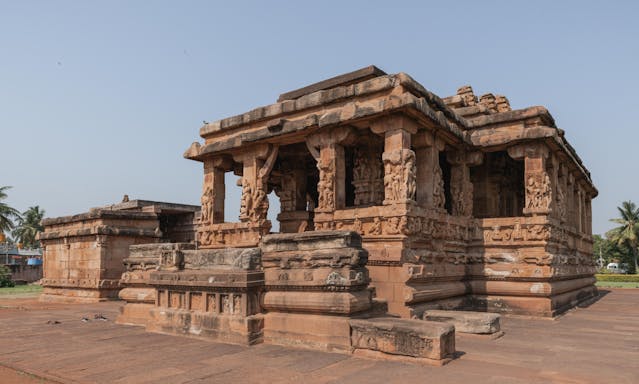
Vaishali was once the capital of the ancient Licchavi kingdom and holds great importance in both Buddhism and Jainism. Lord Buddha preached his last sermon here.
Major Attractions:
- Ashokan Pillar
- Buddha Stupa
- Jain Temple
Best Time to Visit: October to March
18. Ranakpur, Rajasthan – The Marble Marvel of Jainism
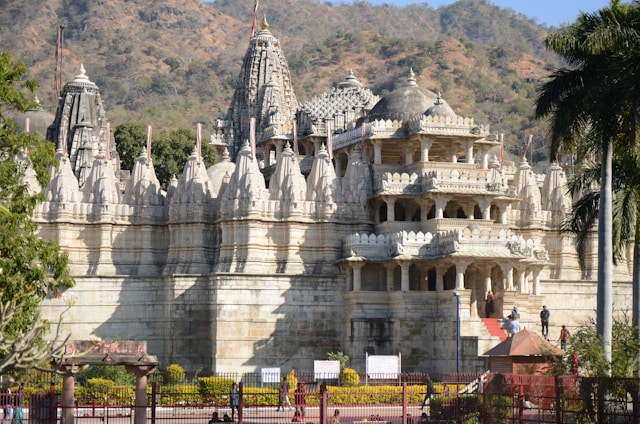
Ranakpur Temple is one of the most beautiful Jain temples in India, dedicated to Lord Adinath. The temple’s intricate marble carvings and 1,444 uniquely carved pillars leave visitors spellbound.
Major Attractions:
- Ranakpur Jain Temple
- Surya Narayan Temple
Best Time to Visit: October to March
19. Dwarka, Gujarat (Extended North-West) – The Kingdom of Lord Krishna
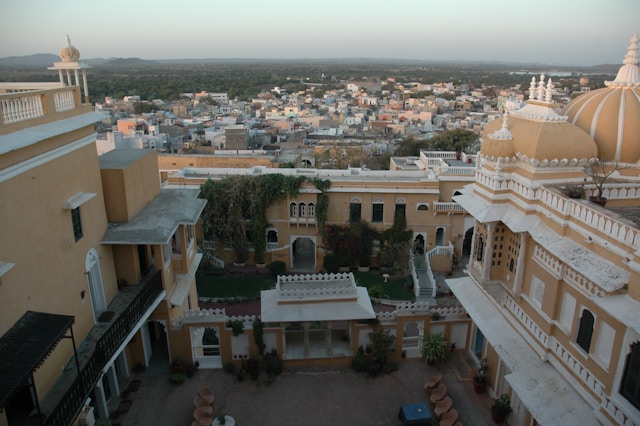
Though geographically in western India, Dwarka is often included in spiritual circuits for northern devotees. It is one of the Char Dham and Sapta Puri.
Major Attractions:
- Dwarkadhish Temple
- Rukmini Devi Temple
- Gomti Ghat
Best Time to Visit: October to March
20. Tabo Monastery, Himachal Pradesh – The Ajanta of the Himalayas

Tabo Monastery, built in 996 AD, is one of the oldest Buddhist monasteries in the world. Its murals, sculptures, and ancient manuscripts reflect deep Tibetan Buddhist art.
Major Attractions:
- Tabo Monastery
- Dhankar Monastery
- Spiti Valley landscapes
Best Time to Visit: May to September
21. Lumbini (via India-Nepal Border) – Birthplace of Lord Buddha
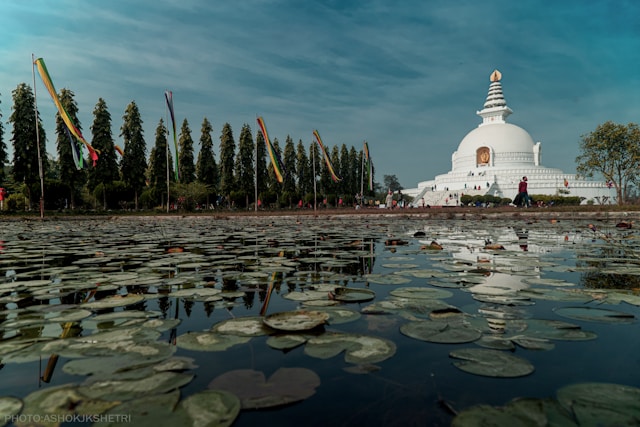
Lumbini, located near the Indo-Nepal border, is revered as the birthplace of Lord Buddha. Many Indian pilgrims visit this site as part of their Buddhist circuit.
Major Attractions:
- Maya Devi Temple
- Ashokan Pillar
- Monastic Zone
Best Time to Visit: October to March
18 Most Beautiful Places in Himachal Pradesh
22. Naina Devi Temple, Himachal Pradesh – Shakti Peetha of Goddess Parvati
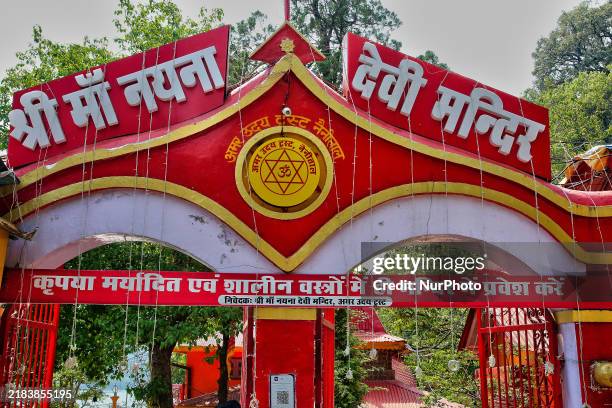
Perched atop a hill overlooking the Gobind Sagar Lake, Naina Devi Temple is one of the 51 Shakti Peethas, where the eyes of Goddess Sati are believed to have fallen.
Major Attractions:
- Naina Devi Temple
- Bhakra Dam
- Anandpur Sahib nearby
Best Time to Visit: March to October
23. Jwala Ji Temple, Himachal Pradesh – Eternal Flame of the Goddess
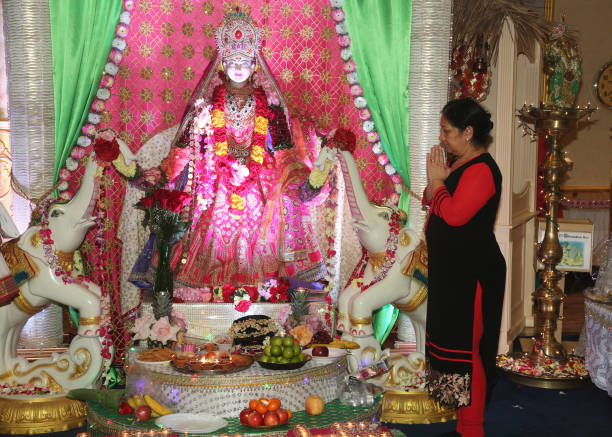
Jwala Ji Temple is one of the most ancient temples dedicated to Goddess Durga. Here, the goddess is worshipped as an eternal blue flame burning naturally from the earth.
Major Attractions:
- Jwala Ji Temple
- Kangra Fort
- Chamunda Devi Temple
Best Time to Visit: September to March
24. Leh and Ladakh Monasteries, Ladakh – Buddhist Serenity in the Himalayas
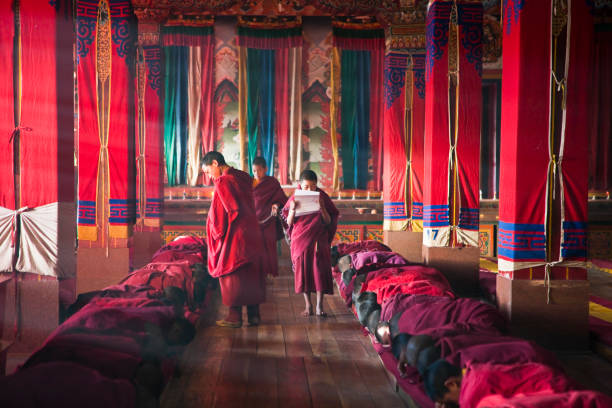
The monasteries of Ladakh reflect peace, devotion, and timeless Buddhist culture. The landscape, combined with chanting monks and prayer flags, creates a mystical aura.
Major Attractions:
- Hemis Monastery
- Thiksey Monastery
- Diskit Monastery
- Shanti Stupa
Best Time to Visit: May to September
7 Best Places in Delhi Worth Visiting in A Day
Conclusion
North India is truly the spiritual heart of the subcontinent. Whether it’s the chants along the Ganga in Varanasi, the divine hymns at the Golden Temple, or the serene silence of Himalayan monasteries, every destination offers a unique connection to the divine.
These 24 religious places in North India not only draw devotees but also inspire travelers to explore India’s spiritual essence — a journey of faith, peace, and enlightenment.
FAQ on Religious Places in North India
1. What are some of the most famous religious places in North India?
North India is home to several iconic religious destinations such as Varanasi, Haridwar, Rishikesh, Amritsar, Mathura, Vrindavan, Bodh Gaya, Vaishno Devi, Kedarnath, and Badrinath. These places attract millions of pilgrims and spiritual seekers every year.
2. Which city is known as the spiritual capital of India?
Varanasi (Kashi or Banaras) in Uttar Pradesh is known as the spiritual capital of India. It is one of the world’s oldest living cities and is situated on the banks of the River Ganga.
3. What are the most visited Hindu pilgrimage sites in North India?
The most visited Hindu pilgrimage sites include Varanasi, Haridwar, Rishikesh, Kedarnath, Badrinath, Mathura, Vrindavan, Ayodhya, and Vaishno Devi.
4. Which is the most sacred Sikh shrine in North India?
The Golden Temple (Harmandir Sahib) in Amritsar, Punjab, is the most sacred Sikh shrine in India and one of the most serene spiritual destinations in the world.
5. Are there any Buddhist pilgrimage sites in North India?
Yes, Bodh Gaya in Bihar, where Lord Buddha attained enlightenment, is the most revered Buddhist pilgrimage site. Other important Buddhist places include Sarnath (Uttar Pradesh) and Kushinagar.
6. Which places in North India are famous for Islamic heritage and Sufi shrines?
Some of the notable Islamic and Sufi shrines are Ajmer Sharif Dargah (Rajasthan), Nizamuddin Dargah (Delhi), and Jama Masjid (Delhi). These are visited by devotees of all faiths.
7. Which are the top pilgrimage circuits in North India?
Popular pilgrimage circuits include:
- Char Dham Yatra (Yamunotri, Gangotri, Kedarnath, Badrinath) in Uttarakhand
- Buddhist Circuit (Bodh Gaya, Sarnath, Kushinagar, Lumbini)
- Krishna Circuit (Mathura, Vrindavan, Barsana, Govardhan)
8. What is the best time to visit religious sites in North India?
The best time is October to March, when the weather is pleasant. However, for certain pilgrimages like Char Dham Yatra, the season runs from April/May to October due to snowfall in winters.
9. What is special about Haridwar and Rishikesh?
Both are located along the Ganges River in Uttarakhand. Haridwar is one of the seven holiest cities (Sapta Puri) in Hinduism, while Rishikesh is known as the Yoga Capital of the World and a hub for spiritual retreats and ashrams.
10. How can one reach Vaishno Devi Temple?
The Vaishno Devi Temple is located near Katra in Jammu. Devotees can reach Katra by train or road, and then trek about 13 km uphill to reach the shrine. Helicopter services are also available.
11. Are there Jain pilgrimage sites in North India?
Yes, notable Jain pilgrimage centers include Shravanabelagola (though in South India), but in the North, Ranakpur (Rajasthan), Khajuraho (Madhya Pradesh), and Rajgir (Bihar) have significant Jain temples.
12. What makes Bodh Gaya so important for Buddhists?
Bodh Gaya is where Prince Siddhartha attained enlightenment under the Bodhi Tree, becoming Buddha. The Mahabodhi Temple Complex here is a UNESCO World Heritage Site.
13. Which religious places in North India are UNESCO World Heritage Sites?
Important UNESCO-listed religious sites include the Mahabodhi Temple (Bodh Gaya) and the Qutub Minar Complex (Delhi), which reflects Islamic architectural heritage.
14. What is the significance of Mathura and Vrindavan?
Mathura is the birthplace of Lord Krishna, while Vrindavan is where he spent his childhood. The region is known for its colorful Holi festival, Janmashtami celebrations, and ancient Krishna temples.
15. What are some must-attend religious festivals in North India?
Major festivals include Kumbh Mela (Haridwar, Allahabad, Ujjain, Nashik), Holi (Mathura-Vrindavan), Diwali (Varanasi, Ayodhya), Baisakhi (Amritsar), and Buddha Purnima (Bodh Gaya, Sarnath).
16. Are there any famous temples dedicated to Lord Shiva in North India?
Yes, major Shiva temples include Kedarnath Temple, Kashi Vishwanath Temple (Varanasi), Neelkanth Mahadev Temple (Rishikesh), and Mahakaleshwar Temple (Ujjain).
17. Which river is considered holy in North India?
The Ganga River is regarded as the holiest river in Hinduism. Pilgrims visit cities like Haridwar, Rishikesh, and Varanasi to take a holy dip believed to cleanse sins.
18. Are there any interfaith pilgrimage sites in North India?
Yes, places like Ajmer Sharif Dargah, Golden Temple, and Hazrat Nizamuddin Dargah welcome people of all religions, symbolizing India’s spiritual unity.
19. What are some offbeat religious places in North India?
Some lesser-known but sacred destinations include Chitai Golu Devta Temple (Uttarakhand), Shri Raghunath Temple (Jammu), Renuka Lake Temple (Himachal Pradesh), and Kartik Swami Temple (Rudraprayag).
20. Is photography allowed at religious sites?
Photography rules vary. Some temples and shrines, such as Kedarnath or Golden Temple, restrict photography inside sanctums but allow it in outer areas. Always respect local customs and ask before taking pictures.
21. Can foreigners visit temples and shrines in North India?
Yes, foreigners are welcome in most religious places, but modest clothing and respectful behavior are expected. Some temples may have restricted access to sanctums for non-Hindus.
22. What are some essential travel tips for visiting religious sites in North India?
- Dress modestly and remove footwear where required.
- Avoid carrying leather items inside temples.
- Follow queue systems and respect rituals.
- Be cautious of touts and fake guides.
- Stay hydrated, especially during pilgrimages.
23. Which pilgrimage in North India involves trekking?
Vaishno Devi, Kedarnath, and Hemkund Sahib are famous for their scenic and challenging treks that combine faith with adventure.
24. Are there any famous churches or Christian shrines in North India?
Yes, the Sacred Heart Cathedral (New Delhi) and St. John in the Wilderness Church (Dharamshala) are notable Christian religious landmarks in the region.
25. What makes North India special for spiritual tourism?
North India offers a blend of diversity, faith, culture, and ancient wisdom. It is home to the origins of Hinduism, Buddhism, Jainism, and Sikhism, making it a global center of spiritual awakening.


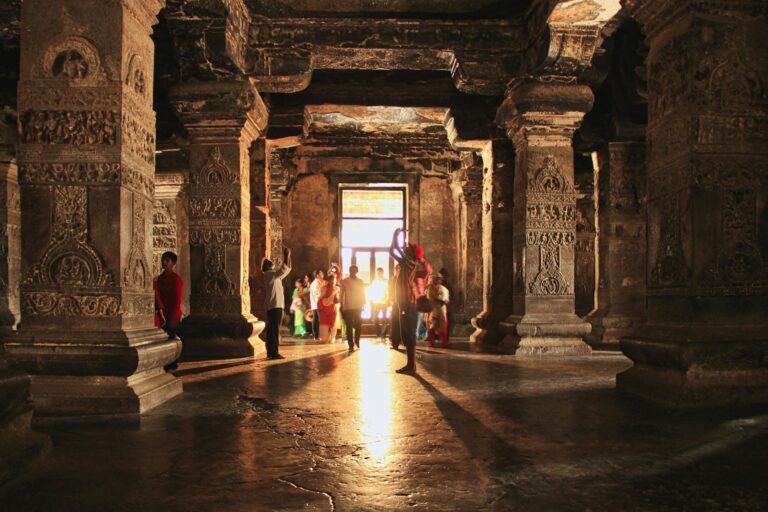
6 Comments